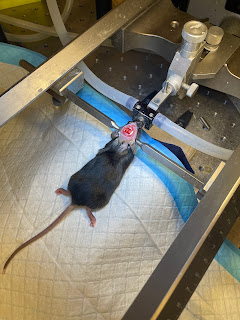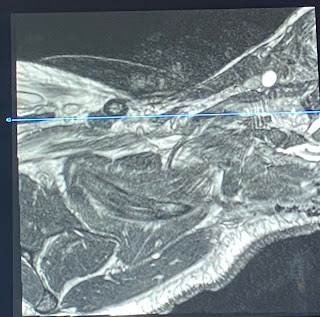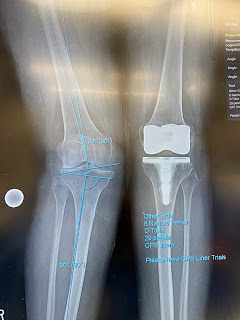Perry Katsarakes / Dr. Rohit Chandwani - Week 4
This was a very exciting week for me, as Dr. Chandwani was on service, meaning every day he participated in rounds at the kidney and liver transplant center. I was able to tag along and observe the meetings and patient visits. It was awe-inspiring to watch the group of doctors rattle off facts about each patient almost faster than I could even process; each of them nodded along to a stream of acronyms and medical terms that were only vaguely familiar if not completely unknown to me, and absorbed an unbelievable amount of information regarding test results, scans, medications, and medical history before discussing and coming to a consensus on what sort of treatments and changes should be applied that day. If at all possible, I gained even more respect for this profession -- it was clear that they had all been through an incredible amount of training and preparation in order to achieve this level of expertise. Being able to interact with a wide variety of doctors, from transplant surgeo





